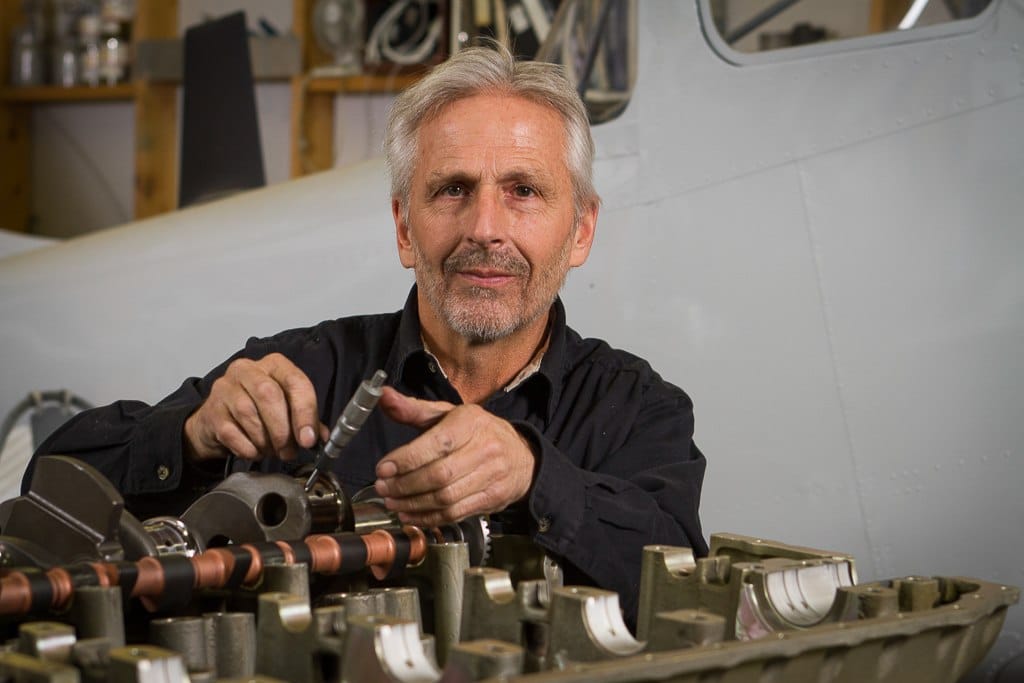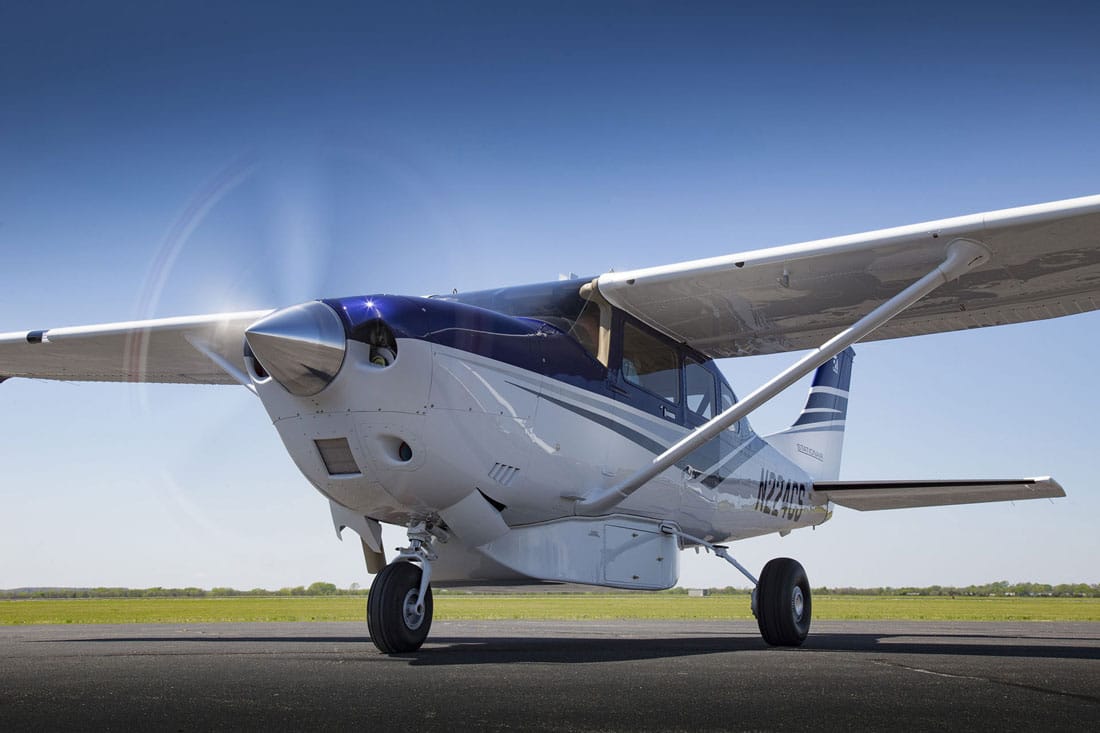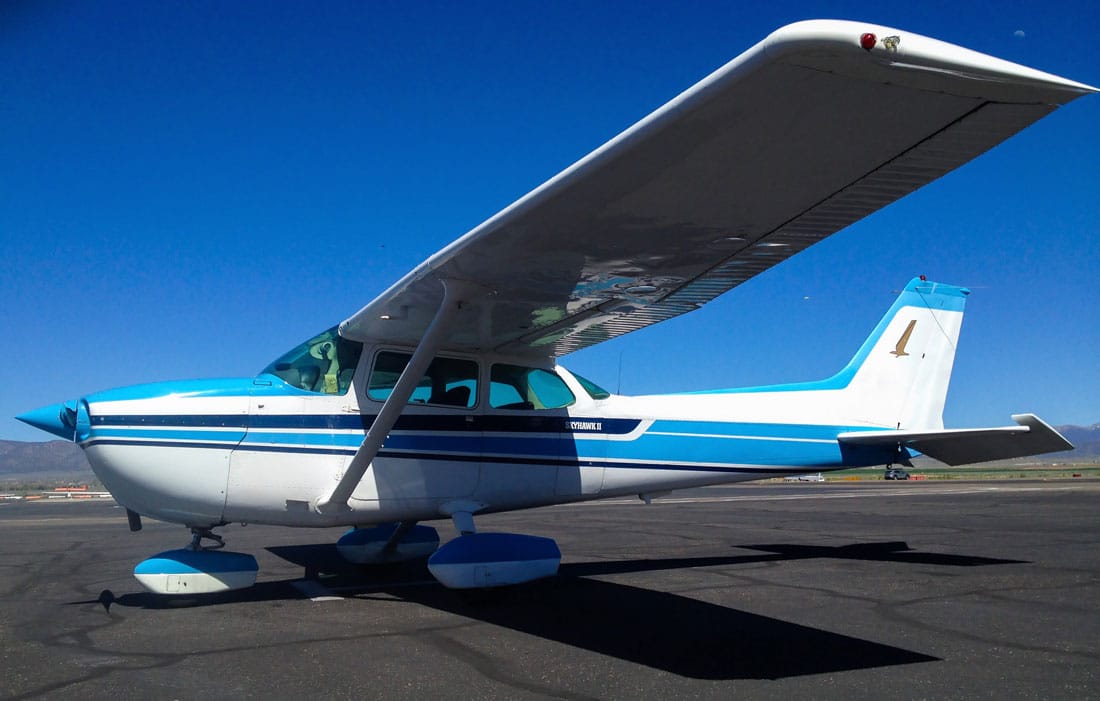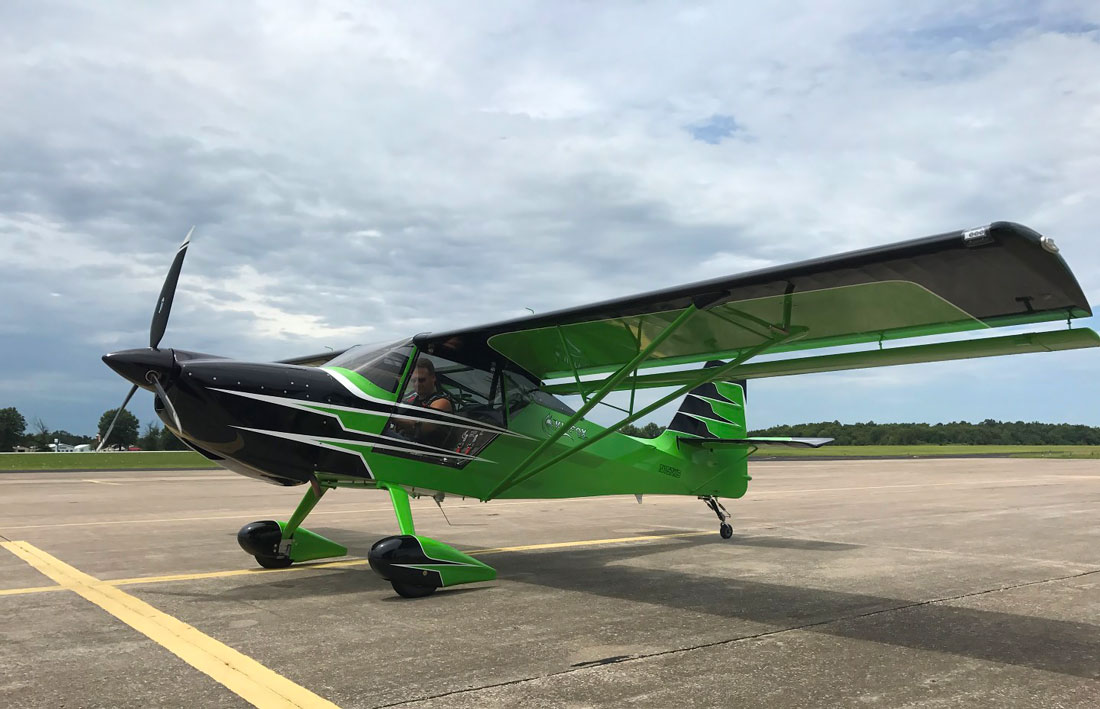FAA AD 2017-11-10 became effective on June 28, 2017.
After we published this news article, a representative from Lycoming Engines reached out to us with some additional information regarding AD 2017-11-10. In the AD, the FAA makes a note that while MSB No. 627C, from Lycoming, provides a longer time period between aircraft exhaust system inspections if the aircraft has an operational carbon monoxide detector installed, they did not take this into consideration for the AD.
However, Lycoming “requested that the CO detector relief be reconsidered in the form of an Alternative Method of Compliance (AMOC),” and it has been officially approved as such by the FAA. Lycoming has published the AMOC documentation on their website, and you can find a copy here.
In addition, the rep also mentioned the following:
“Lycoming and Cessna are currently working on a terminating resolution for the Service Bulletin, and hopefully the AD. We are completing the design on a completely new exhaust system that incorporates a new material. The new system has a slightly different routing to help alleviate some system binding and to make it more easily manufacturable. We are near completion and production should begin in the coming weeks.”
Original Post 6-27-17: Lycoming TIO-540-AJ1A Engine Receives New FAA AD
The FAA is adopting a new airworthiness directive (AD 2017-11-10) for all Lycoming TIO-540-AJ1A reciprocating engines. The AD will require an “initial and repetitive inspections of engine exhaust system weld joints and torque checking the exhaust pipe flange mounting nuts.” The agency says that the AD is in response to several reports of engine exhaust leaks, a condition that could lead to problems such as an “uncontrolled engine fire, harmful exhaust gases entering the cabin resulting in crew incapacitation, and damage to the airplane.”
The FAA is immediately adopting the AD, noting the serious nature of the airworthiness concern, saying that “notice and opportunity for prior public comment are impracticable and that good cause exists for making this amendment effective in less than 30 days.” However, they say that despite the immediate issue without a period for public comment, they do still invite the public to send them any written data, views or arguments that relate to the AD. In addition, they say that they’re considering this AD an interim action, and that Lycoming is currently working toward determining the root cause for the condition described in the AD. Once they do, the FAA will consider additional rulemaking.
More Details on FAA AD 2017-11-10
The FAA determined the AD was necessary after receiving several reports of “cracked engine exhaust pipes and exhaust studs pulling out from cylinders” on Lycoming TIO-540-AJ1A reciprocating engines.
In addition to an initial inspection, the AD requires continuing inspections of “all engine exhaust system weld joints and torque checking the exhaust pipe flange mounting nuts” in order to prevent engine exhaust leaks. The procedure for the exhaust system inspection and flange nut torque check are available in Lycoming Mandatory Service Bulletin (MSB) No. 627C, which the engine manufacturer issued on November 17, 2016.
Required Actions
The following actions are required by the AD:
- For all engines, an initial inspection of the exhaust system must take place within 10 hours time-in-service (TIS) after the effective date of the AD, which is June 28, 2017. The inspection should be performed following the instructions in paragraph 1 of the Required Action from MSB No. 627C.
- For any part that fails the inspection, it must be replaced with a part eligible for installation, before further flight in the aircraft.
- Within 10 days of performing the inspection, submit a survey to Lycoming Engine following the steps outlined in paragraph 3 of the Required Action in MSB No. 627C.
- For all engines, an initial torque check of the exhaust system flange nuts must also be carried out either within 10 hours TIS after the effective date of the AD or within 100 hours TIS after the last exhaust system maintenance (ESM), whichever occurs later. The procedure is to be done following the steps provided in paragraph 2 of the Required Action in MSB No. 627C.
- For any part that fails the check, it will need to be replaced with a part eligible for installation before any further flight.
- Within 10 days of performing the inspection, submit a survey to Lycoming Engine following the steps outlined in paragraph 3 of the Required Action in MSB No. 627C.
- For all engines that have 1,000 hours TIS or less since the last ESM:
- Repeat the exhaust system inspection required by item 1 every 25 hours TIS since either the last ESM or exhaust system inspection, whichever occurs later.
- Repeat the torque check of the exhaust system flange nuts required by item 2 every 100 hours TIS after either the last ESM or the last torque check, whichever occurs later.
- For all engines that have more than 1,000 hours TIS since the last ESM:
- Repeat the exhaust system inspection required by item 1 every 50 hours TIS since either the last ESM or exhaust system inspection, whichever occurs later.
- Repeat the torque check of the exhaust system flange nuts required by item 2 every 100 hours TIS after either the last ESM or the last torque check, whichever occurs later.
One year from the effective date of the AD, the requirement to submit a survey to Lycoming Engines as part of both the exhaust system inspection process and torque check terminates, though both the repeating exhaust system inspection and torque check must still be carried out. For the sake of this AD, the FAA defines ESM as “any maintenance that requires the removal and replacement of any exhaust system pipe or turbocharger mounting bracket, or the re-torquing of the exhaust flange mounting nuts.”
The FAA also notes that the requirements in this AD are in addition to the requirements of previous AD 2015-10-16, which “mandates replacement of the turbocharger mounting bracket and inspection of the exhaust pipes in accordance with Lycoming Engines MSB No. 614A.” They further note that compliance with AD 2015-10-16 does not constitute compliance with this AD 2017-11-10.
Finally, the FAA points out that while in Table 1 of MSB No. 627C, Lycoming provides a longer time between inspections of the exhaust system in aircraft that have an operational carbon monoxide detector installed, AD 2017-11-10 “does not consider whether an operational carbon monoxide detector is installed in the airplane.”
Comments to the AD
For those interested in commenting on the AD, you can do so online at the regulations.gov website by clicking here. Otherwise, you can mail the information to FAA address provided in the ‘Contact Information’ section below.
Cost Associated with Compliance
The FAA estimates that this AD affects 758 airplane engines. They also estimate the following costs for complying with the AD:
| Action | Labor cost | Parts cost | Cost per product |
| Inspection and torque check | 1 work-hour × $85 per hour = $85 per inspection cycle | $0.00 | $85.00 |
Documents
For a copy of the FAA’s AD 2017-11-10, click here; and for a copy of Lycoming Mandatory Service Bulletin (MSB) No. 627C, click here.
Contact Information
For more information about this AD, or for comments on the AD, please contact FAA Aerospace Engineer Norman Perenson:
- Address: New York Aircraft Certification Office, FAA, Engine & Propeller Directorate, 1600 Stewart Avenue, Suite 410, Westbury, NY 11590
- Phone: 516-228-7337 / Fax: 516-794-5531
- Email: Norman.Perenson@faa.gov
For information related to Lycoming MSB No. 627C, or other service related information, contact Lycoming Engines:
- Address: 652 Oliver Street, Williamsport, PA 17701
- Phone: 800-258-3279 / Fax: 570-327-7101
Featured Image: Cessna Turbo Stationair, courtesy of Charly W. Karl, CC BY-ND 2.0
Aircraft Engine Overhaul
When an engine is inspected, we look for any condition that could affect its reliability and airworthiness. Of course, one of the most well known and discussed procedures we perform is a compression test. This commonly is mistakenly considered the measure of health for an engine. While it is true this test offers some very valuable data about cylinder life, it is far from the basis for determining the condition of an engine. The truth is [Read More]















Leave a Reply